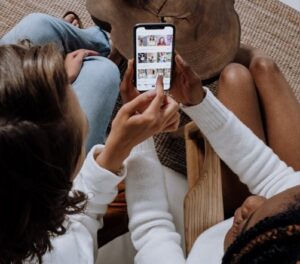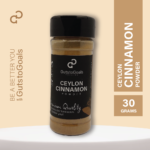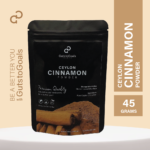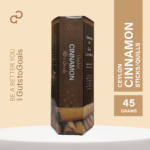What is a Mood Board and How can it help?
As the name implies, a mood board conveys the ideas and feelings of the artist/s about a certain topic or project. It does not need to be as organized as a Brand Board or a Style Guide. Rather, it is where you can piece together your initial inspiration so you can visually brainstorm how you wish to proceed.
It can come in handy if you want to discuss the elements of design with a client or present your idea to a team. Also, a mood board may show how you want your audience to feel about the product you are designing.
In general, a typical mood board should include images, possible font styles, the colors you intend to use, and some descriptions or texts about your purpose.
Mood Board Anatomy
A mood board will not go on the details. It is a designer’s tool to concretize an idea. As the first step, its aim is to weed out the unnecessary details. This means you cannot just put everything into the board. This is why mood board templates can be very helpful. The template will force you to consider what goes well together. It will also zero-in the design flow.
You want your mood board to be purposeful instead of being a mere collection of ideas.
If you are not an artist like me. I bet you will run into trouble figuring out what you really want. My first mood board looks like this: Mood Board Draft via Canva
Obviously, my mind is still unsure of how I want my website to look like. So I am using a plain black and white template while I am writing this post.
As I mentioned, your mood board does not need to be very strict or formal but it cannot be a mere collage of everything. Try to put things that belong together. Limit the photos you will include on your board. Gradually, you will come up with a proper theme.
After you have created a mood board, try to blend it with your project’s purpose. You may want to add more font options or textures or other elements such as buttons and icons.
Create your Mood Board
To help you start turning your ideas into reality, here are some websites that will allow you to make Mood Boards for free!
- Canva
My favorite. I love Canva because it is easy to use and easy to view. There are many mood board templates and content even for free users. You can upload your own images, save your work, and edit even on mobile devices. So if you are just starting out and do not have the budget for premium content, Canva can get you started.
2. Milanote
Best for presentation and collaboration. When I started with Milanote, I was given a blank canvas. Although there were templates you can browse from their website, you are really left to create everything by yourself. They have stock images that you can use from Unsplash but you can also upload images if you prefer to. The free version is already helpful for a mood board especially if you are working with a team or explaining the details to a client since you can add to-dos and arrows.
3. GoMoodboard
If you are concerned with privacy or you do not want to register for something that you might only use once. You might want to use GoMoodboard. They have a few templates to guide you or you can start with a blank board. However, it is very limited in terms of creativity. Also, there is no option to resize the images or add texts and borders. Nonetheless, if you only want to see how your design ideas fit, this can help.
Basic Collection of Images with Notes via GoMoodBoard
4. Adobe Spark
There are several templates in Adobe Spark but the designs are simple and minimalist. Unfortunately, it does not have the gradient capability and other design elements that I like to incorporate in mood boards. I would use Adobe Spark for professional clients who already have a definite color palette and logo.
Offline Tools
For offline Mood Board, the one I am most comfortable with is Microsoft’s OneNote or the good old Paint application. However, mine turned out more like a mosaic. I found it difficult to manipulate -especially when I tried to add notes, icons, and font samples.
TAKEAWAY
I hope that this post helps you take a step to bring your vision into a workable medium.
Do not stress over creating a full-pledge Brand Style at the onset.
Start with a Mood Board first. If you need more inspiration, you can check Pinterest for samples.
Note: In the following days, I will be working more on branding. I have been studying a business foundation course through Coursera. Currently, I am studying branding as part of the introduction to a marketing course.






